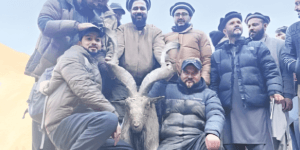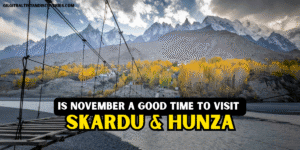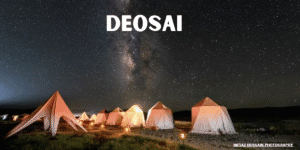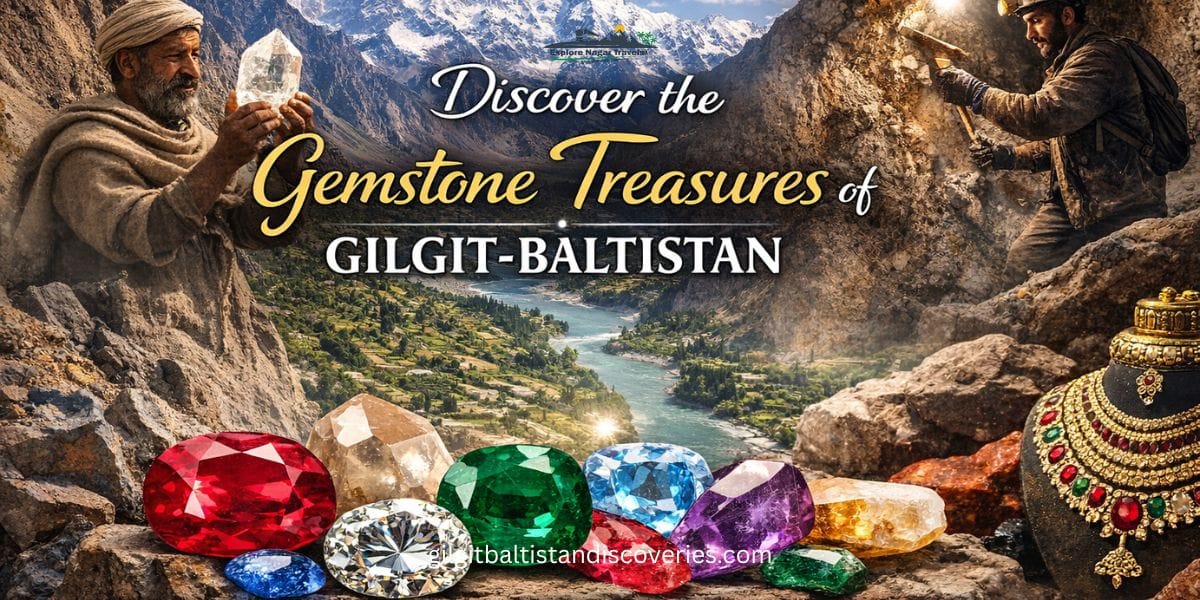Complexities of Climbing Unclimbed Peaks of Karakoram, as a climber (and skier) I focus on the objective, and to climb in the Himalayas (and the Karakoram) is logistically complex, to say the least, especially when you are seeking out unclimbed peaks and routes, or skiing first descents (which is a thing in the mountains ranges of the planet). Simply getting to the mountain can be a crux, and then there is the physical preparation beforehand.
Read More: Things to do in nagar valley gilgit baltistan
Table of Contents
ToggleComplexities of Climbing Unclimbed Peaks of Karakoram:
All along I do my best to make sure I am doing my research for what has come before me in alpinism here (I’m currently on the Pakistan side of the Karakoram, which is arguably a section of the orographically fragmented Great Himalaya range), and also what is going on in the valleys beneath. The Silk Route is one example culturally, starting in the 2nd century BC and wrapping up around roughly the 14th century AD here.
History of Silk Route and its distance:
The Silk Route is one example culturally, starting in the 2nd century BC and wrapping up around roughly the 14th century AD here. It stretched from the Mediterranean (where many storms originate that bless and curse the western Himalayas, depending on your perspective, the plow drivers in Gulmarg would call it a curse..) to here in Asia. It would be a tremendous disservice to come here and not be aware of what has taken place, to not know history is to remain always somewhat childlike (maybe that’s not a bad thing, maybe it is). Beyond that is the diaspora of cultures and ways of life within a relatively small geographic area.
Read More: First International Ski Sports in nagar valley gilgit baltistan
How mountain separated Alpine People?
The reason for writing this is just to deliver the idea about the “Complexities of Climbing Unclimbed Peaks of Karakoram”. That is because, massive mountains separated people, and because of that different cultures developed. Jump to alpinism, when you read the journals in Japan, India, UK, USA, Nepal, and Russia you see patterns through the decades. Areas are rediscovered by climbers of a generation in a given decade and a flurry of activity commences over a period of years, then to go dormant, and be rediscovered again.

Nagar, the home of high and wild mountains:
There needs to be a more collective point for climbers globally, so a historic record for all countries collectively is available. Most recently I was in the Nagar district of Gilgit Baltistan, Nagar the home of high and wild mountains. I posted a bit about it and Stephen Venables wrote in sharing some of his images from the same region climbing in 1979 (the year I was born).
I’ve shared a few images he sent me here. The first frame is mine from base camp a few weeks back in Nagar, the second is an image of Stephen’s brother in 1979 on the Silkiang glacier climbing, and the final is his high camp in the same valley.
The glacier has undergone impressive changes in the past forty years.
What is the history in your most favorite mountain range, and how has the activity there waxed and waned through the decades?
What do you think climate change will do to climbing and skiing?
And finally, I am psyched to see @americanalpine focusing on the First Nation peoples of America when they mention climbing areas now there.
Which Language is speaking in Nagar Valley?
The people of Nagar speak Burashaski and have resided there for more than 1200 years. A princely state that is home to 7788m (25,466ft) Rakaposhi.
The writer for this article is a renowned climber, skier, and alpinist Mr. Luke Smith Wick. Who is nowadays skiing in the mountains of Karakoram in the Nagar Valley region a district of Gilgit Baltistan?







